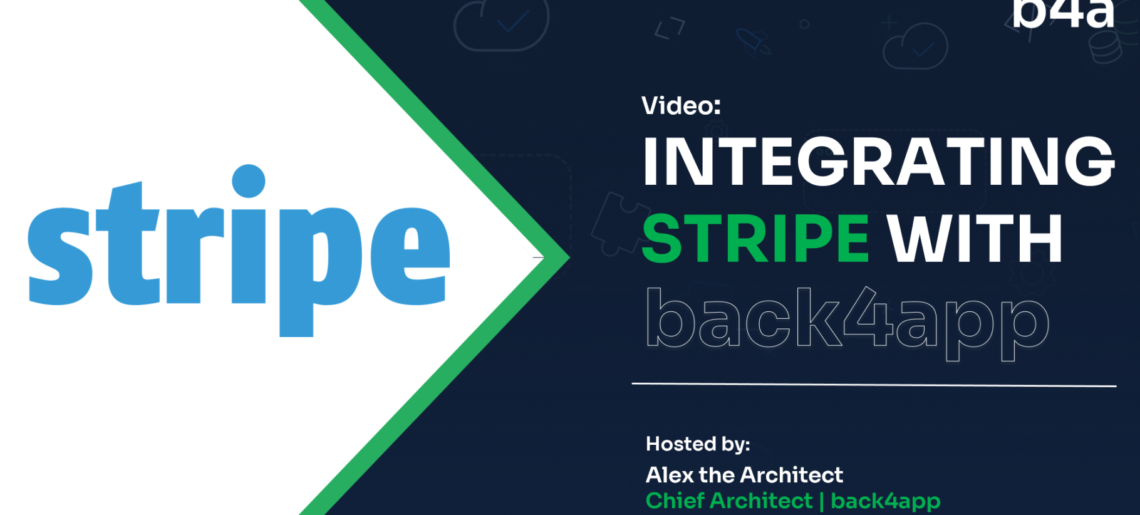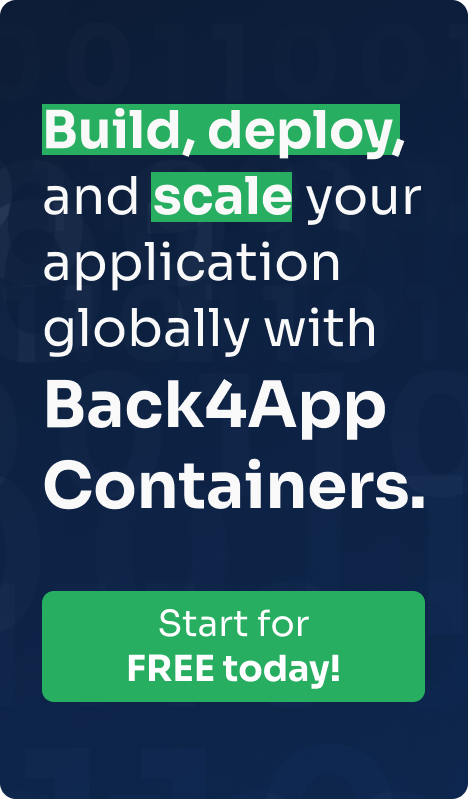This article will explore Firebase’s pros and cons. It will detail benefits like accelerating app development and removing the infrastructure hassles of managing an app. It will also explain limitations like vendor lock-in and running only on the Google Cloud Platform.
Firebase, a Google product, is extremely popular amongst app developers across the globe as it provides them with a robust and feature-rich mobile app development platform.
App developers can use this platform to create highly sophisticated and versatile Android, iOS, and web applications.
The Google Firebase, a back-end platform for mobile application development, helps the developers to develop apps faster, release them in the market, track their performance, and engage with the users.
This reliable platform with numerous tools allows developers to create and scale apps according to demand.
Firebase provides access to all those services, which the developers have to otherwise create themselves for developing apps.
Access to all the services allows the developers to focus more on creating a highly engaging user experience.
The services of Google Firebase are cloud-based, allowing developers to scale up the app when such a demand rises quickly.
This article will comprehensively summarize the Firebase app development platform by analyzing pros and cons of this robust BaaS (Backend as a Service).
Read MoreRead More




